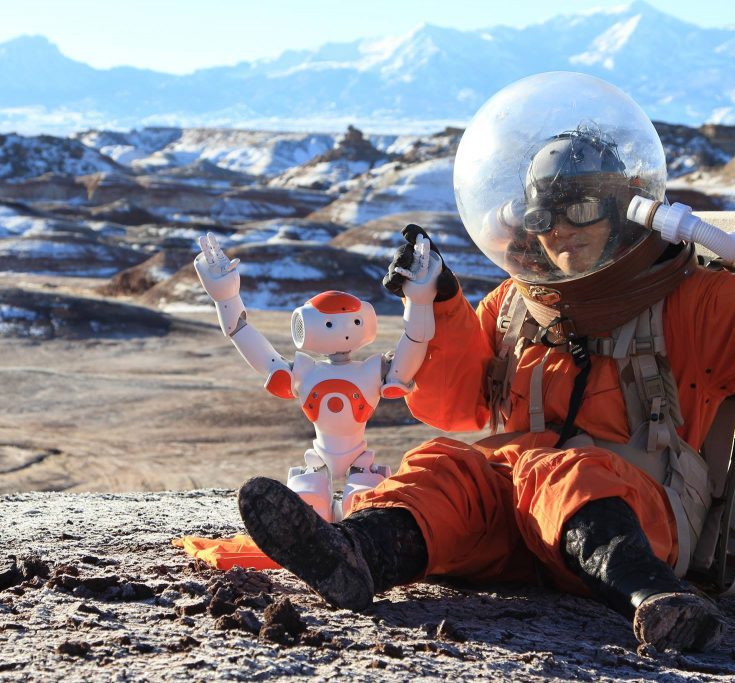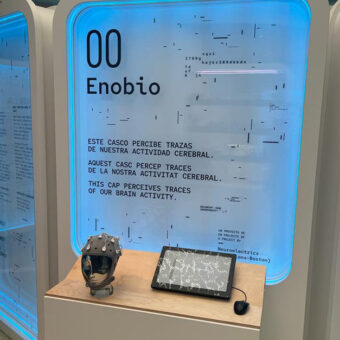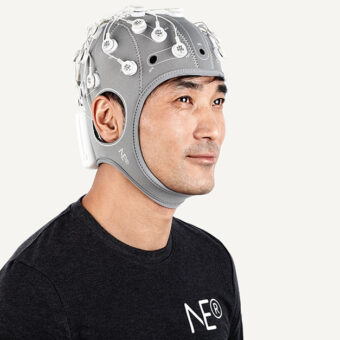EEG researchers are opening new frontiers for exploring the human brain beyond the Earth. EEG research on humans in space travel is becoming a key field in order to improve pilots and astronauts training and well-being.
Through Neuroelectrics’ mother company Starlab we have strong links to the Space industry and the European Space Agency and we are very excited about the future of neuroscience in orbit and beyond. In this blog entry we want to present several projects that relate neuroscience and space.

Zero gravity flights
Reduced gravity can induce high levels of stress in pilots and astronauts. Starlab is involved in a project regarding a zero gravity flight or parabolic flight, which aims at obtaining the stress level of a subject by recording simultaneously EEG (Electro Encephalogram), ECG (Electro Cardiogram) and GSR (Galvanic Skin Response). The first both signals will be recorded from Enobio and the latter from a Shimmer device.
This way, we will be able to test the EEG performance before using it in space in order to validate operational and experimental procedures for a future space flight.
High performance flights
Pilots exposed to extra gravitational force exhibit vestibular symptoms including depersonalisation and derealisation phenomena (DD). This is something similar to feeling that the external world is unreal. And since pilots get distance from the external environment, it may compromise their performance.
Starlab is participating in a project that tries to provide a neurological research for sensory and vestibular conflicts. To that aim an experiment will be done consisting in recording the EEG of a subject during a simulated high performance flight. In order to simulate the extra gravitational force, this experiment will be done on a short arm human centrifuge (SAHC) platform.
The planet Mars
The Mars Desert Research Station (MDRS) is a research facility that reproduces conditions similar to that of the planet Mars. The crew is isolated from other humans, reliant upon limited resources, and is limited by a narrow bandwidth to the outside world, an applied forty-minute time delay in all communications. What’s more, the relatively low, temperatures in the winter, Utah desert help invoke a sense of isolation for the crew who will not leave the habitat (a simulated landing module) without a full spacesuit for the duration of their Mission.
Neuroelectrics joined forces with MarsCrew134 Analogue Astronaut Expedition at the MDRS integrating the Enobio device for meditation, neurofeedback applications & Brain Computer Interfaces (BCI). Future plans for the scientific research team will be the integration of the Enobio device during a telemedicine session with a “Mars-to-Mars” communication in a longer duration analogue simulation expedition and with the European Space Agency, ESA, sponsored Concordia Station located in Antarctica.



